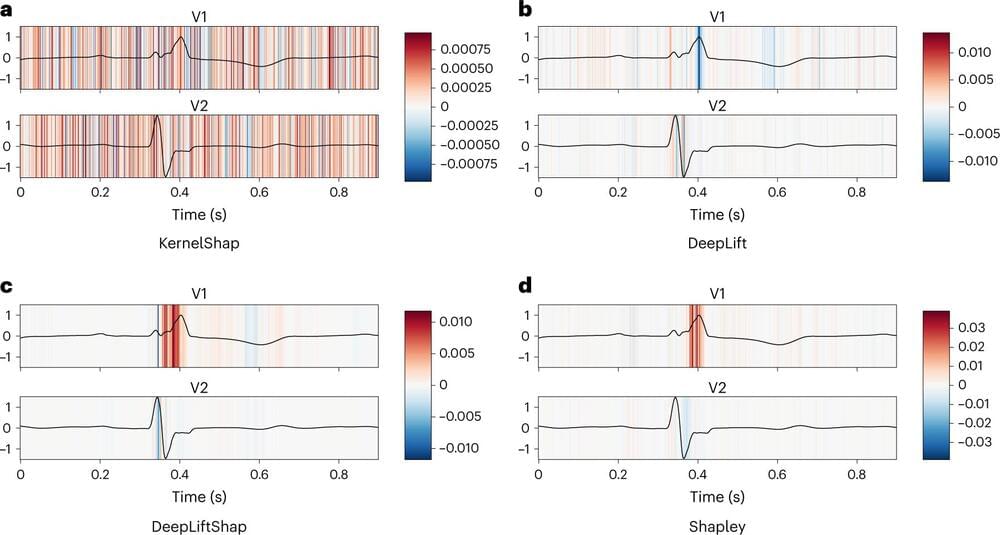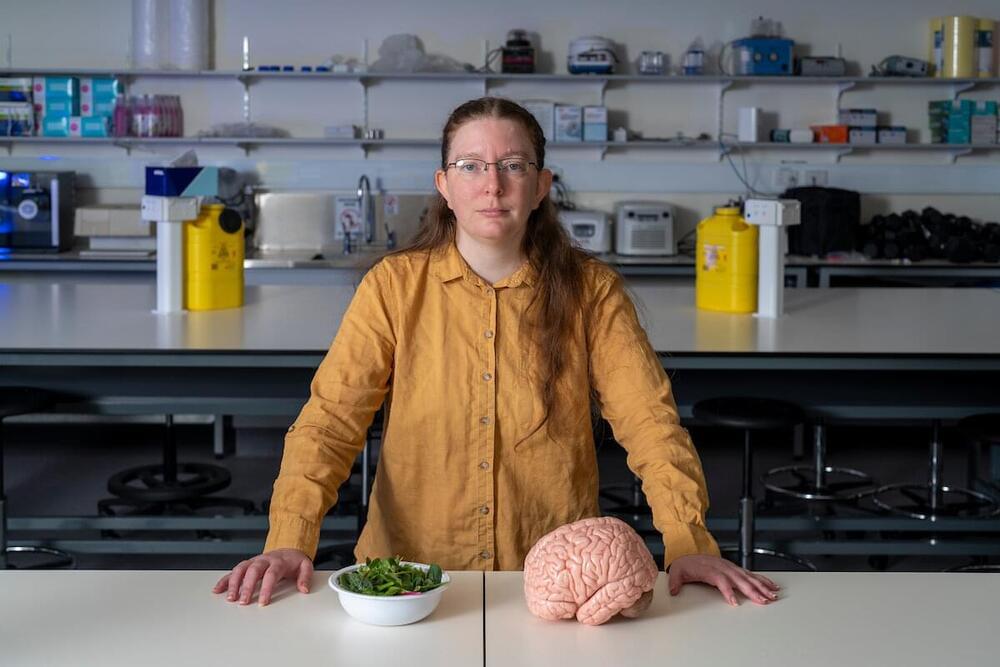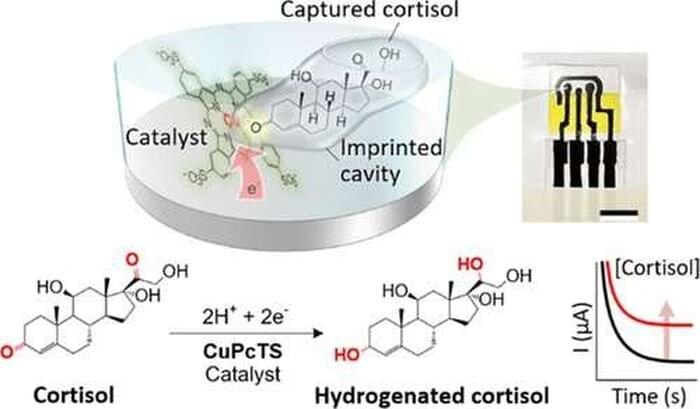Ambassador Dr. John-Arne Røttingen, MD, Ph.D. (https://www.bsg.ox.ac.uk/people/john-arne-rottingen) is Ambassador for Global Health, at the Ministry of Foreign Affairs, Norway, and a Visiting Fellow of Practice, at the Blavatnik School of Government, Oxford University.
Ambassador Dr. Røttingen has previously served as the Chief Executive of the Research Council of Norway; the founding Chief Executive Officer of the Coalition for Epidemic Preparedness Innovations (CEPI); Executive Director of Infection Control and Environmental Health at the Norwegian Institute of Public Health; founding Chief Executive of the Norwegian Knowledge Centre for the Health Services; Professor of Health Policy at the Department of Health Management and Health Economics, Institute of Health and Society, University of Oslo; and Adjunct Professor at the Department of Global Health and Population, Harvard T.H. Chan School of Public Health.
From 2020, Ambassador Dr. Røttingen also chaired the Executive Group and the International Steering Committee of the WHO Solidarity trial to compare four untested treatments for hospitalized people with severe COVID-19 illness. In early 2021, he was appointed by the G20 to the High Level Independent Panel (HLIP) on financing the global commons for pandemic preparedness and response. That same year, he was also appointed to the Pandemic Preparedness Partnership (PPP), an expert group chaired to advise the G7 presidency. From mid-2021, he was part of the Access to COVID-19 Tools Accelerator’s Vaccine Manufacturing Working Group.
Ambassador Dr. Røttingen received his MD and Ph.D. from the University of Oslo, an MSc from Oxford University and an MPA from Harvard University.





